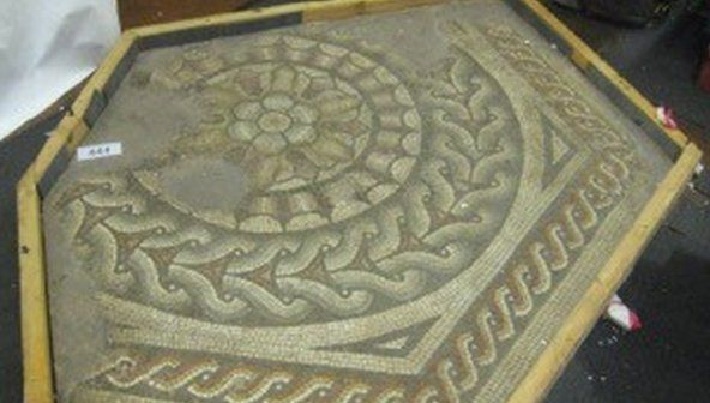Fresh excavation work has begun at Keynsham cemetery, near Bristol, on the site of a possible Roman temple.

by workmen cutting new graves [Credit: Freta Turland]
In 1877 substantial remains of a large Roman building were uncovered by workers building mortuary chapels.
Archaeologists have spent two years conducting geophysical surveys in part of the old Victorian burial ground.
They believe they have located part of a religious healing sanctuary which could be connected to the recently identified Roman town of Trajectus.

[Credit: Virtual Museum of Bath]
A broad trench has been dug across part of a Roman building identified in the recent geophysical surveys.
Bryn Walters, Director of the Association for Roman Archaeology said he is "optimistic that the newly located remains will be prove to be a detached temple fronting the great villa building".
The cemetery was first officially excavated by Arthur Bulleid and Ethelbert Horne, members of the Society of Antiquaries of London, between 1922 and 1924 after more remains and mosaic floors were found while graves were being dug.

[Credit: Virtual Museum of Bath]
The work revealed a building positioned around the largest court of any rural Roman structure in the UK and embellished with exotically designed rooms at either end of its main west wing.
Mosaic panels recovered from the elaborate south-west corner are on permanent public day in the new Keynsham Civic Centre.
Source: BBC News Website [July 22, 2015]